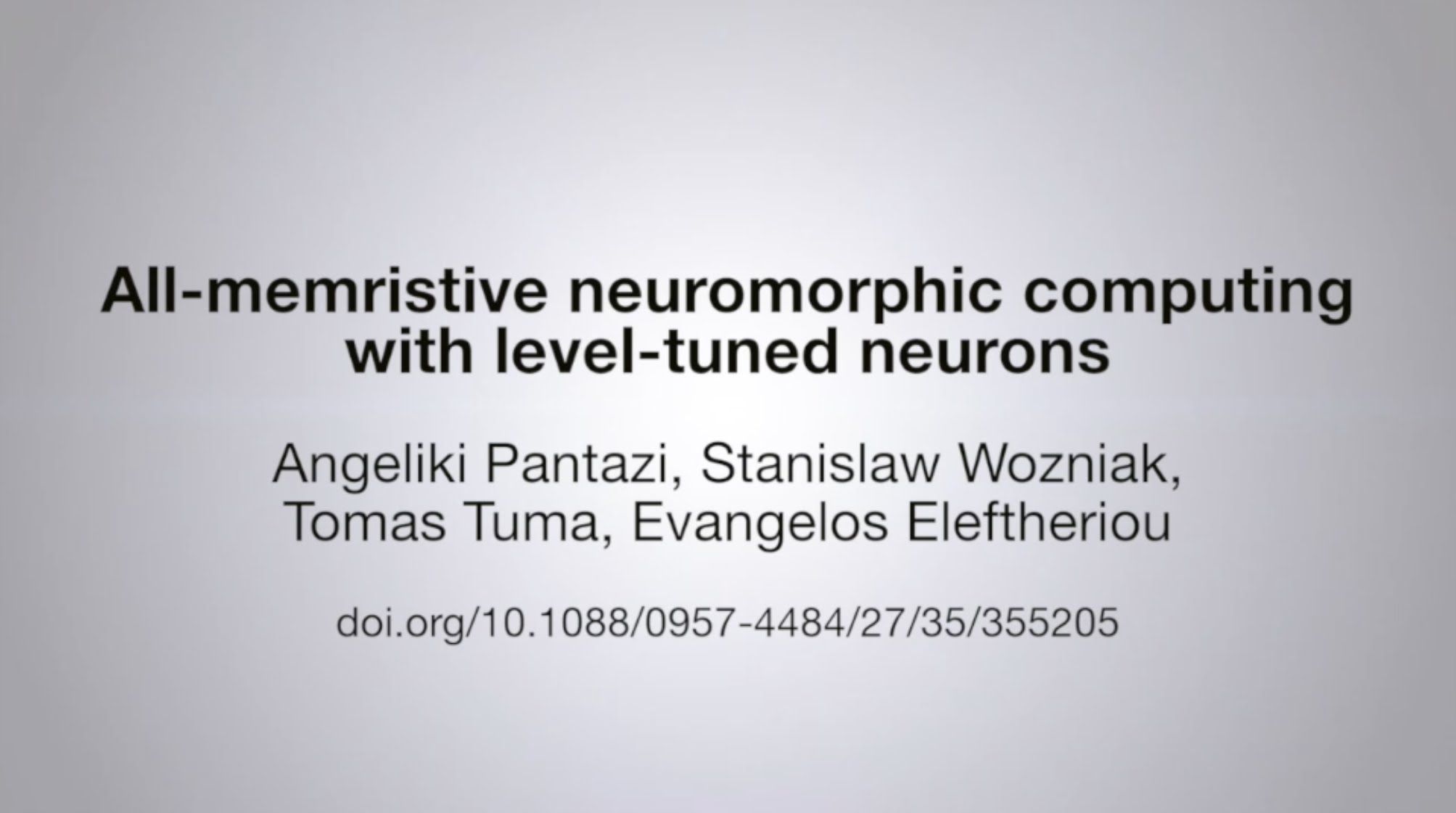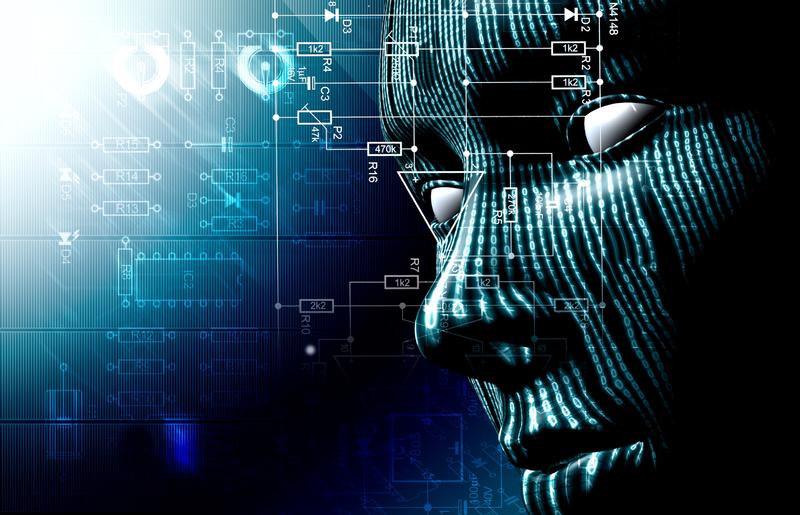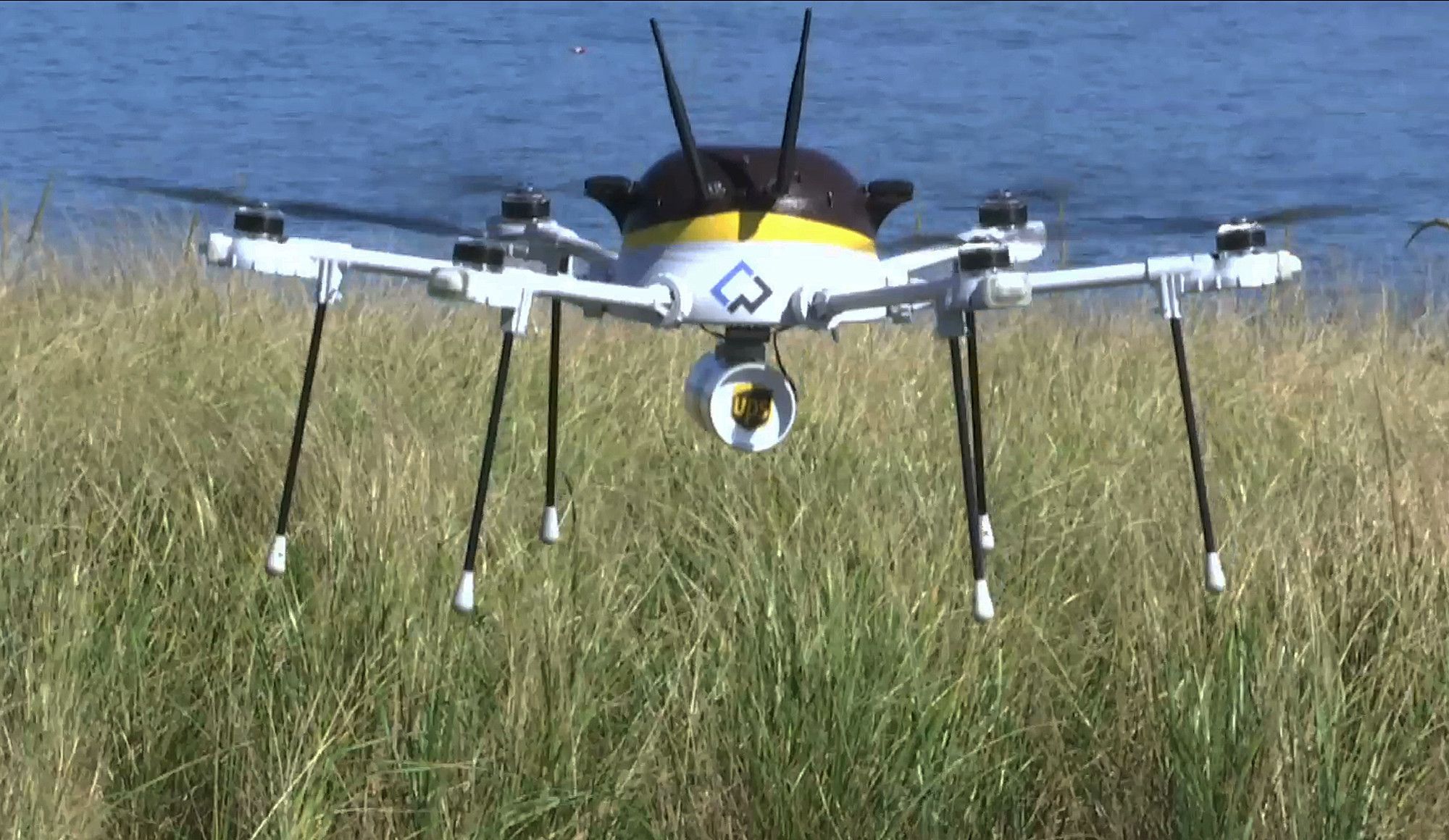Page 10374
Sep 24, 2016
Kardashev Scale: What It’ll Be Like When We Harness the Power of an Entire Galaxy
Posted by Andreas Matt in categories: energy, space
According to the Kardashev scale, a Type III civilization is a society that has managed to harness (and control) the energy output of a galaxy. Here’s what that means.
To measure the level of a civilization’s advancement, the Kardashev scale focuses on the amount of energy that a civilization is able to harness. Obviously, the amount of power available to a civilization is linked to how widespread the civilization is (you can’t harness the power of a star if you are confined to your home planet, and you certainly can’t harness the power of a galaxy if you can’t even get out of your solar system).
Sep 24, 2016
Breaking Taboo: Swedish Scientist Modifies DNA in Human Embryos –“Ignores Ethical Boundaries of Science”
Posted by Gerard Bain in categories: biotech/medical, ethics, genetics, science
In a recent experiment, a Swedish scientist, Fredrik Lanner, a developmental biologist at the Karolinska Institute in Stockholm, attempted to modify the genes of a human embryos injecting a gene-editing tool known as CRISPR-Cas9 into carefully thawed five human embryos donated by couples who had gone through in vitro fertilization (IVF). One did not survive the cooling and thawing process, while another one was severely damaged while being injected. The remaining three embryos, which were two-days old when they were injected, survived in good shape, with one of them dividing immediately after being injected.
Scientists have viewed modifying a human embryo as over the line for safety and ethical concerns. The fear is that Lanner’s work could open the door to others attempting to use genetically modified embryos to make babies. One mistake could introduce a new disease in the human gene pool that can be inherited by future generations. Scientists are also concerned on the possibility of “designer babies,” where parents could choose traits they want for their babies.
Fredrik Lanner (right) of the Karolinska Institute in Stockholm and his student Alvaro Plaza Reyes examine a magnified image of an human embryo that they used to attempt to create genetically modified healthy human embryos. (Credit: Rob Stein/NPR)
Sep 24, 2016
Room temperature magnetoelectric material created — Uses for next generation computing
Posted by Klaus Baldauf in categories: chemistry, computing, engineering
Multiferroics – materials that exhibit both magnetic and electric order – are of interest for next-generation computing but difficult to create because the conditions conducive to each of those states are usually mutually exclusive. And in most multiferroics found to date, their respective properties emerge only at extremely low temperatures.
Two years ago, researchers in the labs of Darrell Schlom, the Herbert Fisk Johnson Professor of Industrial Chemistry in the Department of Materials Science and Engineering, and Dan Ralph, the F.R. Newman Professor in the College of Arts and Sciences, in collaboration with professor Ramamoorthy Ramesh at UC Berkeley, published a paper announcing a breakthrough in multiferroics involving the only known material in which magnetism can be controlled by applying an electric field at room temperature: the multiferroic bismuth ferrite.
Sep 24, 2016
Breakthrough Quantum Cat Experiment Captured on Camera
Posted by Andreas Matt in categories: entertainment, quantum physics

The paradox of Schrödinger’s cat—in which a quantum cat is both alive and dead at the same time until we check to see which state it’s in—is arguably the most famous example of the bizarre counter-intuitive nature of the quantum world. Now, Stanford physicists have exploited this feature weirdness to make highly detailed movies of the inner machinery of simple iodine molecules.

By Waverly Labs Translates Languages for You in Real Time!
Full Story: http://goo.gl/U95zrp
Sep 24, 2016
Scientists hail new era of ‘motherless babies’
Posted by Shailesh Prasad in categories: biological, information science
For 200 years, our knowledge of reproduction has been clear: sperm + egg = baby. But scientists say they may have found a way to create babies with two biological dads. Should we celebrate?
Which came first: the chicken or the egg? It is a question pondered since the time of Ancient Greece, when Aristotle decided that the answer must be both.
Now, scientists say it could be possible to remove the egg from the equation all together. Dr Tony Perry and his team announced this week that they have successfully bred mice without using a normal egg cell. Instead, they used sperm to fertilise a kind of non-viable embryo called a parthenogenote, which multiplies more like a normal cell. Then they ‘tricked’ it into developing into an embryo using special chemicals, planted it into a surrogate, and a new mouse was born. It survived, and has even gone on to have offspring of its own.
Continue reading “Scientists hail new era of ‘motherless babies’” »
Sep 24, 2016
IBM is one step closer to mimicking the human brain
Posted by Alexandros El in categories: biological, neuroscience

Scientists at IBM have claimed a computational breakthrough after imitating large populations of neurons for the first time.
Neurons are electrically excitable cells that process and transmit information in our brains through electrical and chemical signals. These signals are passed over synapses, specialised connections with other cells.
Continue reading “IBM is one step closer to mimicking the human brain” »
Sep 24, 2016
UPS testing drones for use in its package delivery system
Posted by Dan Kummer in categories: drones, robotics/AI
One of the world’s largest package delivery companies is stepping up efforts to integrate drones into its system.
UPS has partnered with robot-maker CyPhy Works to test the use of drones to make commercial deliveries to remote or difficult-to-access locations.
The companies began testing the drones on Thursday, when they launched one from the seaside town of Marblehead. The drone flew on a programmed route for 3 miles over the Atlantic Ocean to deliver an inhaler at Children’s Island.
Continue reading “UPS testing drones for use in its package delivery system” »















